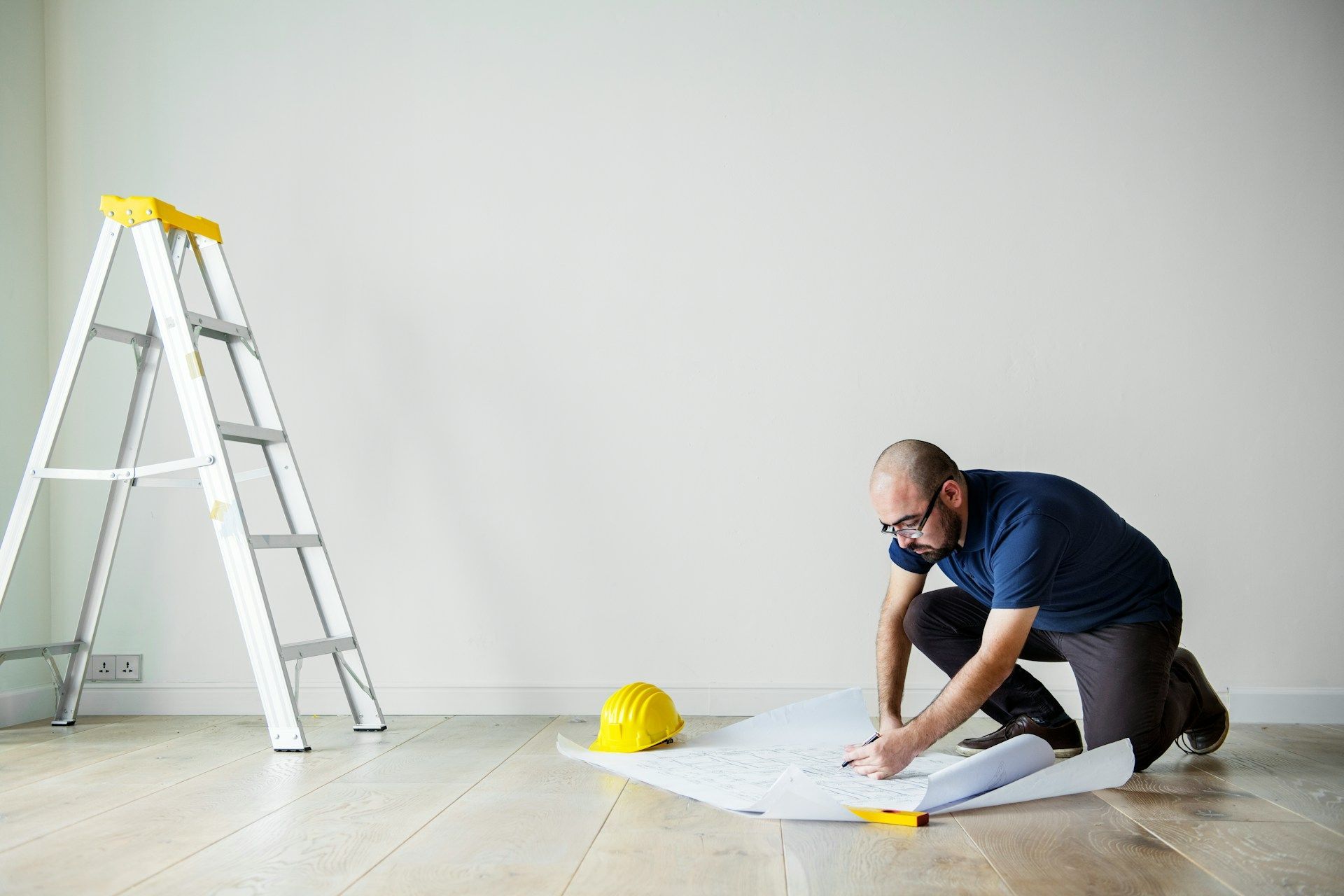Choosing the right flooring material for each room in your home is a crucial aspect of any renovation or new build project. With a wide range of materials available, such as hardwood, tile, laminate, and carpet, the decision-making process can be overwhelming. At Wilson's Custom Flooring, we understand the importance of selecting the ideal flooring that suits your needs, preferences, and budget. In this ultimate guide, we'll walk you through the process of identifying the perfect flooring material for every room in your home, taking into consideration factors like durability, maintenance, aesthetics, and comfort.
There's no one-size-fits-all approach when it comes to flooring solutions; each room in your home serves a unique purpose, and understanding the function of each space will guide you in choosing the right material. For instance, high-traffic areas such as entryways and hallways require durable and easy-to-maintain flooring, while bedrooms and living rooms call for comfort and style.
With a better understanding of these core considerations, you'll be well-equipped to make informed decisions about the ideal flooring material for each room in your home. Keep reading to explore the most popular flooring options, their pros and cons, and how they fare against each of these crucial parameters, ensuring your home is not only functional but visually stunning and comfortable for years to come.
The Ultimate Guide to Selecting the Right Flooring Material for Every Room in Your Home
Analyzing Room Functionality
Before diving into the many flooring materials available, it's essential to evaluate the functionality of each room in your house. The intended use of a space and its specific challenges will play a significant role in determining the right flooring solution:
1. Entryways and Hallways: These high-traffic areas need durable and easy-to-clean flooring materials that can withstand dirt, moisture, and the wear and tear of daily foot traffic.
2. Living Rooms and Family Rooms: These spaces focus on comfort and style while still being able to handle foot traffic and occasional spills. The flooring choice should be welcoming and visually appealing.
3. Bedrooms: Flooring in bedrooms should promote comfort, warmth, and a relaxing atmosphere. Noise reduction is also a factor to consider for peaceful sleep and privacy.
4. Kitchens and Bathrooms: These rooms require flooring materials that can handle water, moisture, and spills while remaining easy to clean and maintain over time.
Material Durability & Maintenance
Different flooring materials offer varying levels of durability and required maintenance. Let's explore the most popular options while considering factors such as scratch resistance, water resistance, and stain resistance:
1. Hardwood: Hardwood flooring provides a timeless and elegant look that adds value to your home. Available in various species and finishes, hardwood is sturdy, durable, and long-lasting if properly maintained. However, it can be susceptible to moisture damage and scratches. Hardwood works well in living rooms, bedrooms, and hallways but might not be ideal for kitchens and bathrooms due to water concerns.
2. Tile: Ceramic and porcelain tiles are highly durable, water-resistant, and low maintenance, making them ideal for kitchens, bathrooms, and entryways. However, tile may not be the most comfortable flooring option for living spaces and bedrooms.
3. Laminate: Laminate flooring is an affordable, durable, and low-maintenance alternative to hardwood. This versatile option can mimic the appearance of wood or stone and features a protective layer that resists scratches, dents, stains, and moisture. Though not as water-resistant as tile, laminate can still be suitable for kitchens and entryways.
4. Carpet: Carpet is a comfortable and noise-reducing flooring option that provides warmth and insulation. It may be ideal for bedrooms and living spaces but requires more maintenance and is prone to stains and moisture if used in kitchens, bathrooms, or entryways.
Aesthetics & Visual Appeal
To create a visually cohesive space, consider the color, texture, and style of various flooring materials:
1. Hardwood: With various wood species, stains, and finishes, hardwood offers a versatile range of aesthetic options. From light, airy Scandinavian-inspired designs using white oak to cozy, traditional settings using dark-stained walnut, hardwood is visually appealing and enhances any space.
2. Tile: Tiles come in countless colors, patterns, sizes, and finishes, from bold geometric patterns to subtle stone-look options. This wide range of choices allows you to create a customizable design that suits your desired aesthetics.
3. Laminate: As a budget-friendly alternative to hardwood, laminate offers a wide array of colors, textures, and styles that can convincingly replicate the look of natural materials. This versatility allows for laminate to complement various design schemes.
4. Carpet: Available in an assortment of colors, patterns, and textures, carpet provides ample opportunities to create visually inviting spaces. Lighter shades promote a sense of spaciousness, while darker colors create a cozy ambiance.
Comfort & Insulation
Consider the levels of comfort and insulation provided by each flooring material:
1. Hardwood: Though not as soft as carpet, hardwood flooring provides decent comfort and natural warmth, making it suitable for living areas and bedrooms. Area rugs can enhance its comfort levels.
2. Tile: Tile may not be ideal for spaces where you expect standing or walking barefoot for extended periods, as it is cold and hard underfoot. However, underfloor heating systems can offset these drawbacks.
3. Laminate: Providing slightly more comfort than tile, laminate flooring can be moderately comfortable and warm depending on the underlayment used.
4. Carpet: Offering unparalleled comfort, softness, and insulation, carpet is an excellent choice for bedrooms and living spaces where you desire a cozy atmosphere.
Conclusion
When selecting the right flooring material for each room in your home, it's crucial to consider factors such as room functionality, material durability, aesthetics, comfort, and insulation. With this comprehensive guide as your resource, you'll confidently make well-informed decisions that cater to your needs, preferences, and budget – resulting in a stunning and functional home designed for lasting enjoyment.
Upgrade your home or office with Wilson's Custom Flooring! Our team of experienced professionals will work with you to create the perfect look for your space. Contact us today to schedule a consultation and start designing your dream
custom flooring.





